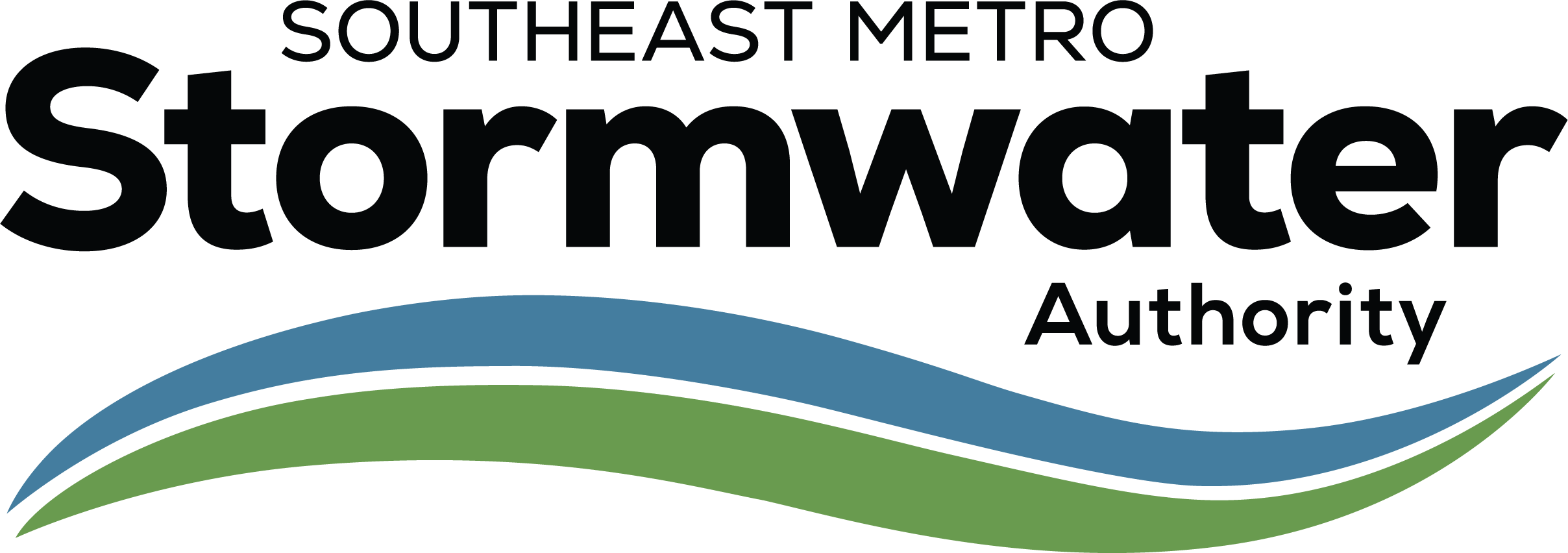Vegetation Management and Fire Risk in Drainageways

Our Approach to Drainageway Vegetation Management & Reducing Fire Risk
SEMSWA, in coordination with other partner entities including South Metro Fire Rescue and Mile High Flood District, is sharing our approach to wildfire and flood control mitigation. Healthy native vegetation is important for a flourishing environment and functional floodplain. Healthy native vegetation helps prevent erosion from flood waters, increases soil moisture and discourages growth of dry weeds. With limited and strategic mowing of native vegetation, we help reduce fire intensity.
SEMSWA has been removing dead, woody vegetation. Removal of dead wood and debris within our drainageways is not only effective for flood control, but also effective for fire mitigation in open spaces because dry woody vegetation may act as a fuel source allowing a fire to burn hotter and longer.
Our Practices in Areas We Maintain Include:
- Weed control
- Mowing buffers along residential property lines (coordinated with partner agencies)
- Trash removal
- Woody debris removal
- Dead and downed tree removal
- Dense vegetation removal
- Clear maintenance access to prevent sparking from vehicles and equipment
- June & October mowing (months with lower fire risk)
- Routine inspection and evaluation of our sites
If you are interested in resources to help you protect your home or business from fire, please visit: http://www.southmetro.org/DocumentCenter/View/545/Mitigation-Tips?bidId=
